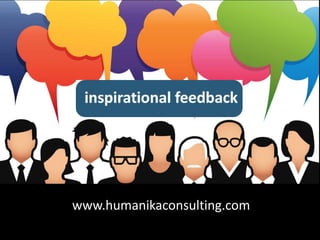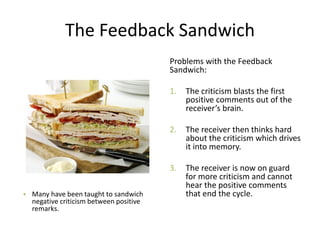Motivational interviewing is a counseling technique used to encourage behavior change by helping subjects identify personal reasons for making changes. It is based on the stages of change model and involves expressing empathy, developing a discrepancy between current behavior and goals, avoiding argumentation and rolling with resistance, and supporting self-efficacy. The core principles include expressing understanding of the subject's perspective, creating an awareness of how current behaviors do not align with goals, shifting perspectives when met with resistance rather than confronting, and emphasizing the subject's ability to change.










































































